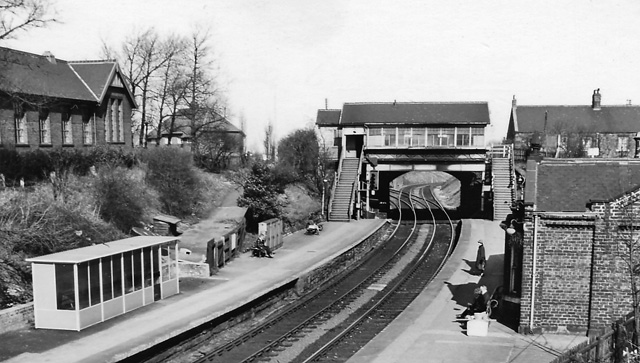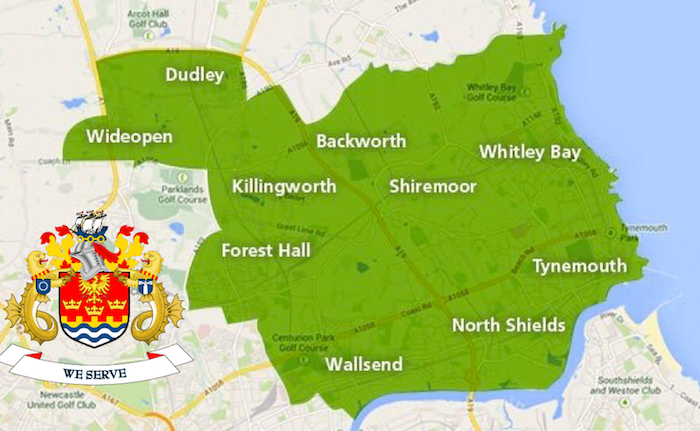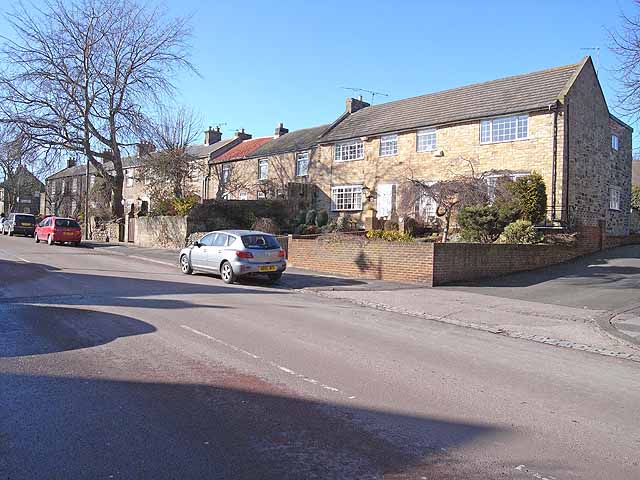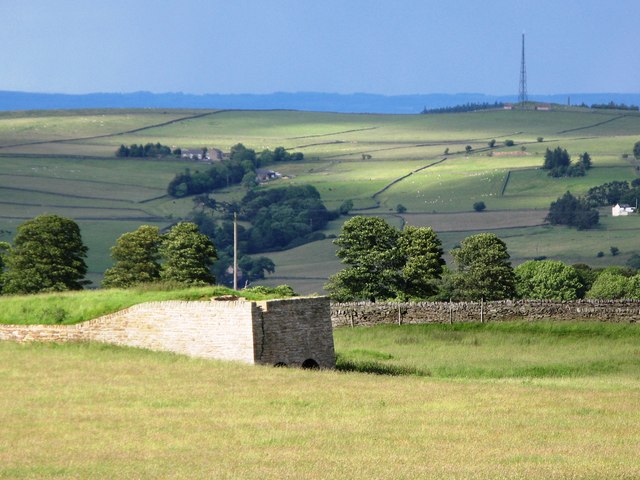Topics > Tyne and Wear > North Tyneside > Earsdon > Earsdon, Historical Account, 1890
Earsdon, Historical Account, 1890
Extract from: Kelly's Directory of Durham, 1890
EARSDON is a parish, township and village, 4 miles north-west-by-north from North Shields and 1 north-east from Backworth station on the Newcastle and Morpeth section of the North Eastern railway, in the Wansbeck division of the county, east division of Castle ward, Castle East petty sessional division, Tynemouth union, North Shields county court district, rural deanery of Bedlington, archdeaconry of Northumberland and diocese of Newcastle. Portions of the parish were assigned to the parishes of St. Cuthbert, Blyth (November 9, 1883), Seghill (June 23, 1846) and Delaval (1891). The church of St. Alban, erected in 1836 at a cost of £2,200, partly on the eastern portion of the site of the former church, and consecrated on the 12th of October, 1837, is a building of stone in the Early English style, consisting of chancel, nave of six bays and an embattled western tower, with pinnacles, containing a clock and 3 bells: there are 600 sittings, all free. In the churchyard are buried the bodies of 159 of the 204 miners who perished in the terrible catastrophe at Hartley colliery, Thursday, Jan. 16, 1862. The register dates from the year 1837. The living is a vicarage, average tithe rent-charge £13, net yearly value £296, including glebe (£58), with residence, in the gift of the Bishop of Newcastle, and held since 1891 by the Rev. Henry Owen Hall B.A. of Brasenose College, Oxford. There are Primitive Methodist and Free Methodist chapels here. Brotheriek’s charity, amounting to £7 18s. 3d. yearly, is distributed in money. Orders in Council relative to interments in churches, chapels and graveyards in this parish were issued November 16, 1858, June 7, 1859, and January 24, 1860. There are several extensive collieries in this parish. The Duke of Northumberland K.G., P.C. is lord of the manor and principal landowner. The soil is clay; subsoil, clay. The chief crops are grain. The area of the township is 10,000 acres; rateable value, £6,957; the population in 1891 was 1,819.
Schools
- A School Board of 5 members was formed for Backworth, November 7, 1873; Vickers Wilkinson, clerk to the board.
- Parochial, Earsdon (mixed), built in 1855 & enlarged in 1873 & 1893, for 400 children; attendance, 300.
- Board, Backworth (mixed & infants), built in 1875, for 505 children; average attendance, mixed 360, infants 140.
- Colliery, Holywell (mixed), built in 1872, for 273 children; average attendance, 310.

Co-Curate Page
Backworth Station (1864-1977)
- Overview About Backworth Station Backworth railway station was built c.1864, for North Eastern Railway, and was on the Blyth & Tyne line and also the North Tyneside 'Loop' line. The …

Co-Curate Page
Church of St. Alban
- Overview Map Street View The Parish Church at Earsdon was built 1836-1837, on the site of a much earlier 13th century church. The church was designed by John & Benjamin Green, …


Co-Curate Page
Backworth Station (1864-1977)
- Overview About Backworth Station Backworth railway station was built c.1864, for North Eastern Railway, and was on the Blyth & Tyne line and also the North Tyneside 'Loop' line. The …











